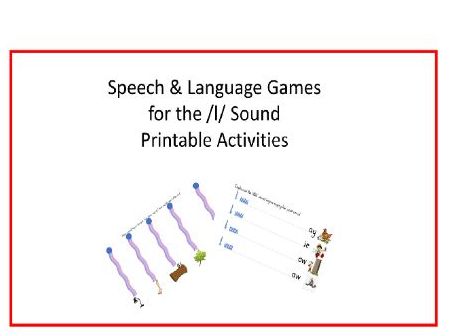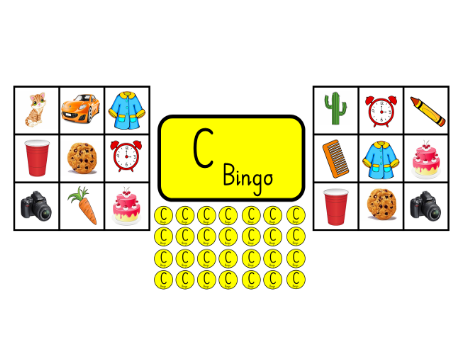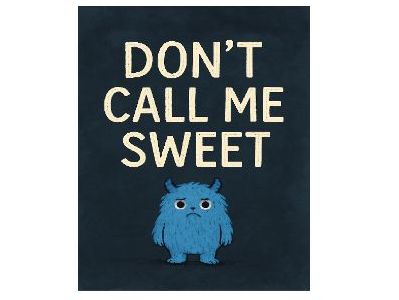EYFS Resources Shop
Here you'll find a variety of activities designed to spark curiosity, support early development, and make learning fun. From story-inspired worksheets to fine motor tasks, classroom display pieces, and keepsakes like certificates and cards — each resource is made with love, care, and first-hand classroom experience. My aim is always to help teachers, TAs, and parents support children in meaningful and creative ways. I hope you find something here to bring joy and inspiration to your setting!




















